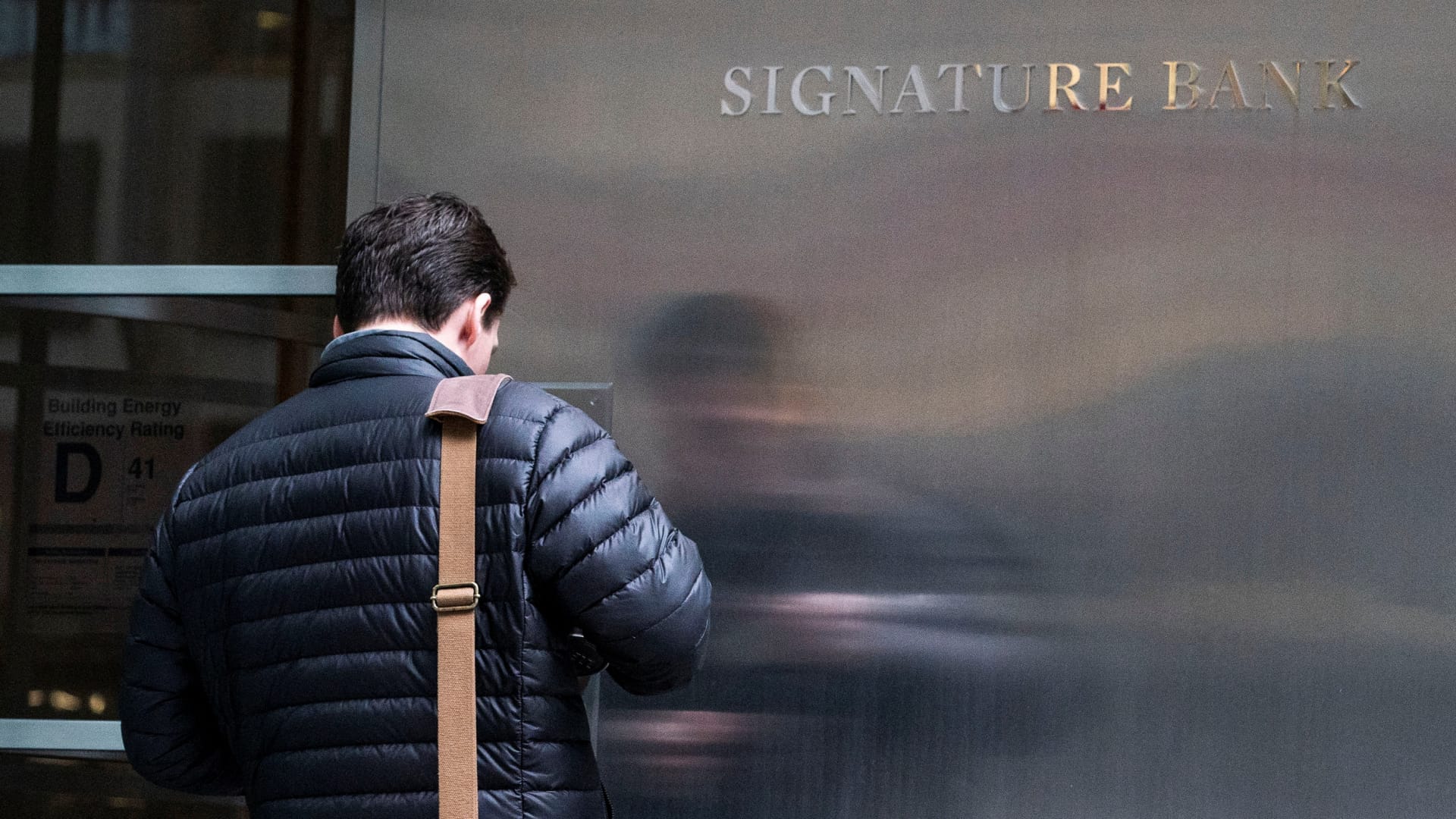Ssayer
BIT Beta Team
The fact that they are talking about it on mainstream and not really doing much to calm people means they WANT it to happen and start their collapse
View attachment a8dd0d5666d4d455.mp4
View attachment a8dd0d5666d4d455.mp4

While selling SVB to a healthy institution remains the preferred solution - as most bank failures are resolved that way and enable depositors to avoid losing any money - there have been several reports that no big bank has stepped up as of yet, leaving the government/Fed as the only option.Officials at the Treasury Department, Federal Reserve, and Federal Deposit Insurance Corporation discussed the idea this weekend, the people said, with only hours to go before financial markets opened in Asia. White House officials have also studied the idea, per two separate people familiar with those discussions. The plan would be among the potential policy responses if the government is unable to find a buyer for the failed bank.
"We've been hearing from those depositors and other concerned people this weekend. So let me say that I've been working all weekend with our banking regulators to design appropriate policies to address this situation," Yellen said on the CBS program "Face the Nation."Although the FDIC insures bank deposits up to $250,000, a provision in federal banking law may give them the authority to protect the uninsured deposits as well if they conclude that failing to do so would pose a systemic risk to the broader financial system, the people said. In that event, uninsured deposits could be backstopped by an insurance fund, paid into regularly by U.S. banks.
Before that happens, the systemic risk verdict must be endorsed by a two-thirds vote of the Fed's Board of Governors and the FDIC board along with Treasury Secretary Janet Yellen. No final decision has been made, but the deliberations reflect concern over the collateral damage from SVB's collapse and authorities' struggle to respond amid limits on their powers implemented following the 2008 financial bailouts.


